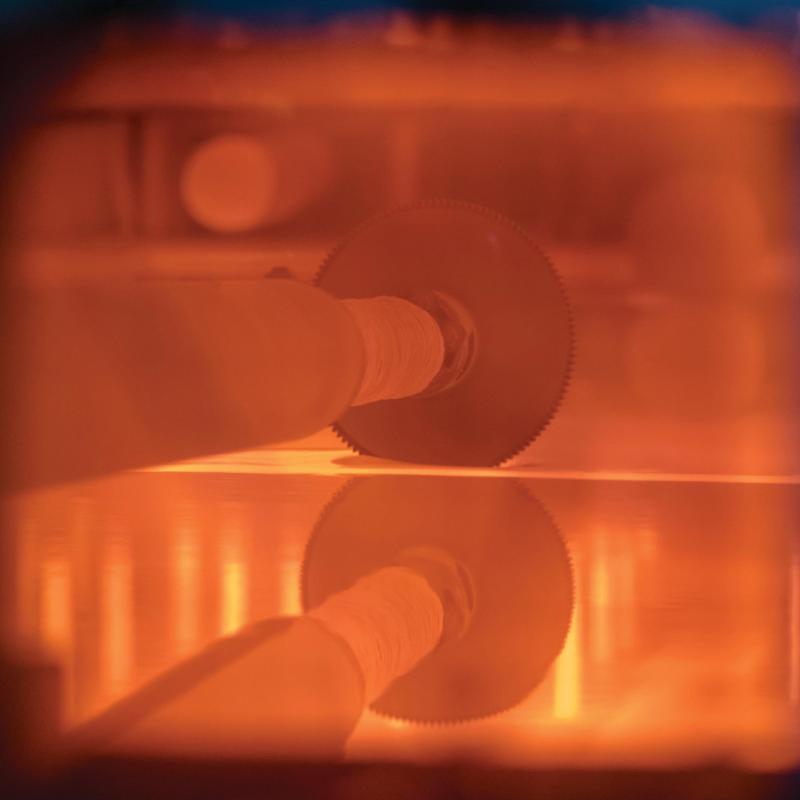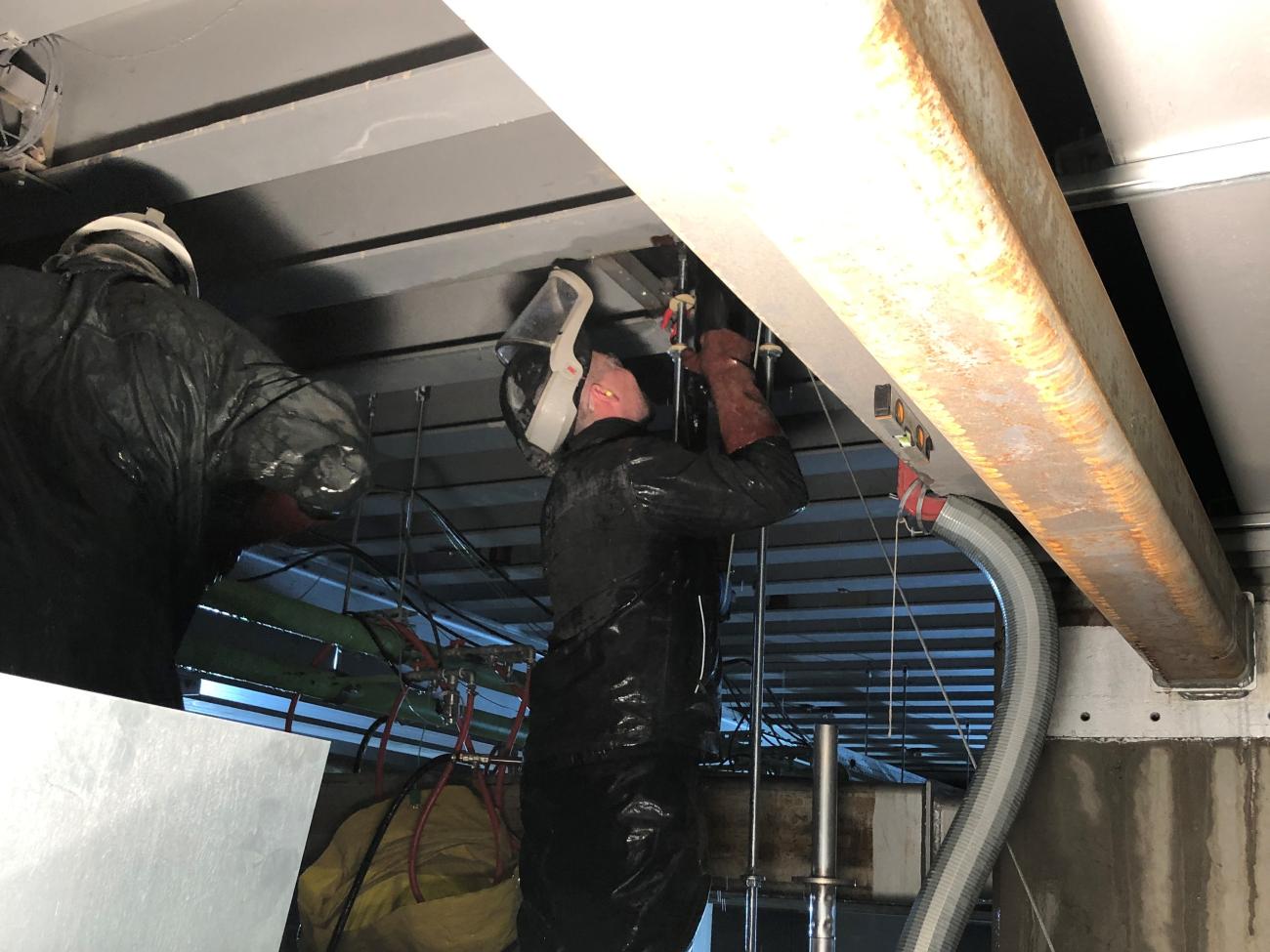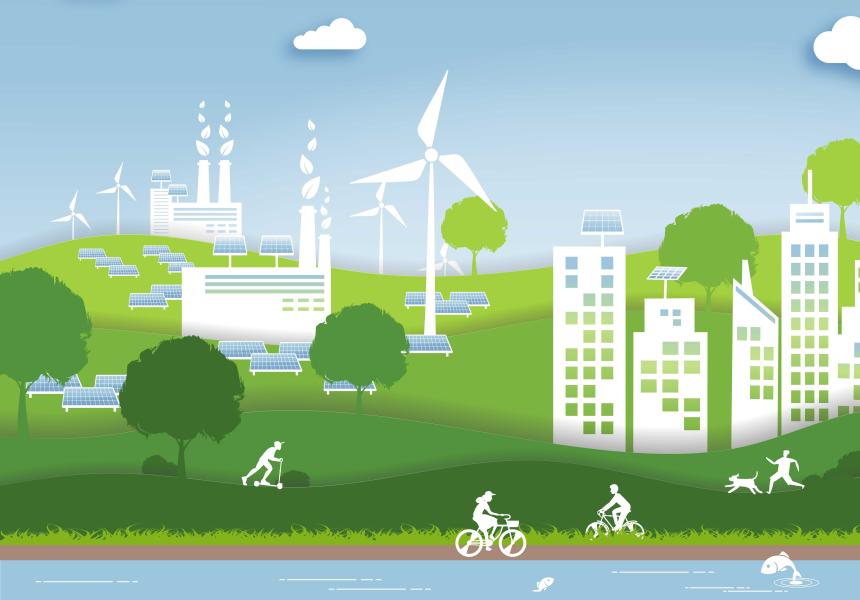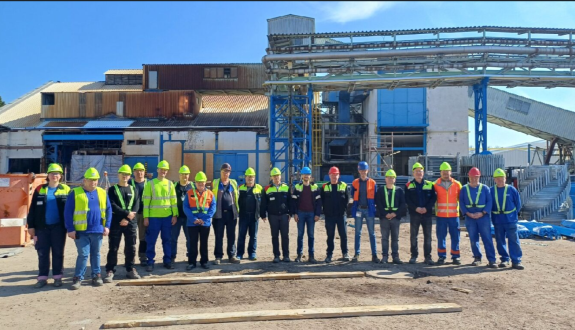Electro-boosting, an innovative technology for highly efficient melting furnaces
An interdisciplinary AGC team is in the process of installing electro-boosting on various float glass production lines in an effort to partially electrify our production lines.
Installing electro-boosting on various float glass production lines
After Moustier (Belgium) and Seingbouse (France), the installation of electro-boosting is now ongoing in our site in Osterweddingen (Germany). A major challenge for the team, as it requires drilling operations in the floor (bottom refractories) of a hot furnace in operation, and this in very hot conditions! Thanks to efficient teamwork involving the colleagues in Osterweddingen, Engineering, Purchasing, Sustainability, Technical Coordination, R&D and many supplier companies, the job is currently being done. We celebrate the successful installation of electro-boosting by our people on running float lines as a major achievement.
About electro-boosting
Electro-boosting is the direct use of electricity as a source of melting energy. It is one of the innovative breakthrough technologies, developed at AGC’s Technovation Centre, that are essential to reducing our direct emissions by 30% by 2030 and reach carbon neutrality by 2050. Direct emissions are the emissions caused when melting raw materials in the furnace with fossil fuels.
Read more on electro-boosting and our decarbonisation journey in the “AGC roadmap to carbon neutrality”





